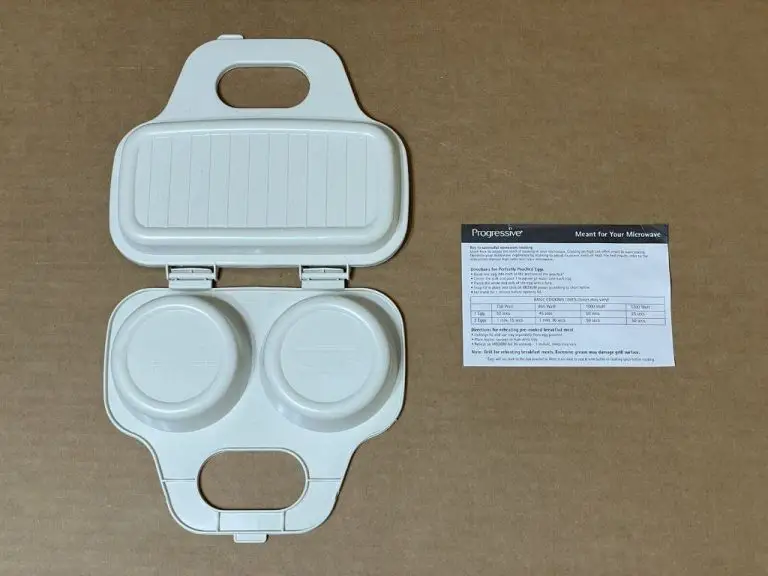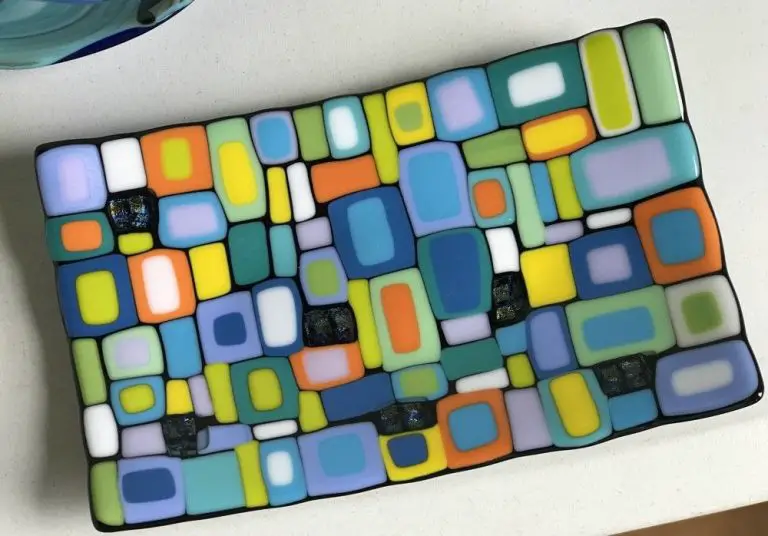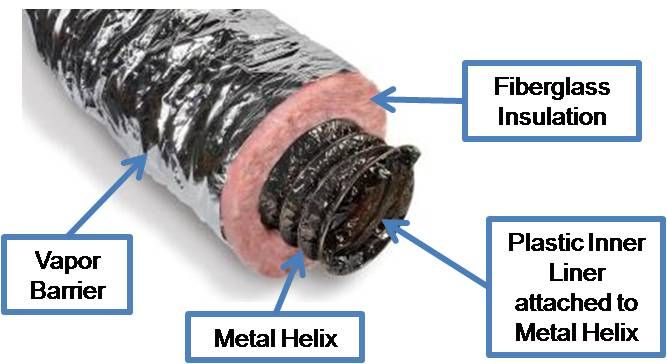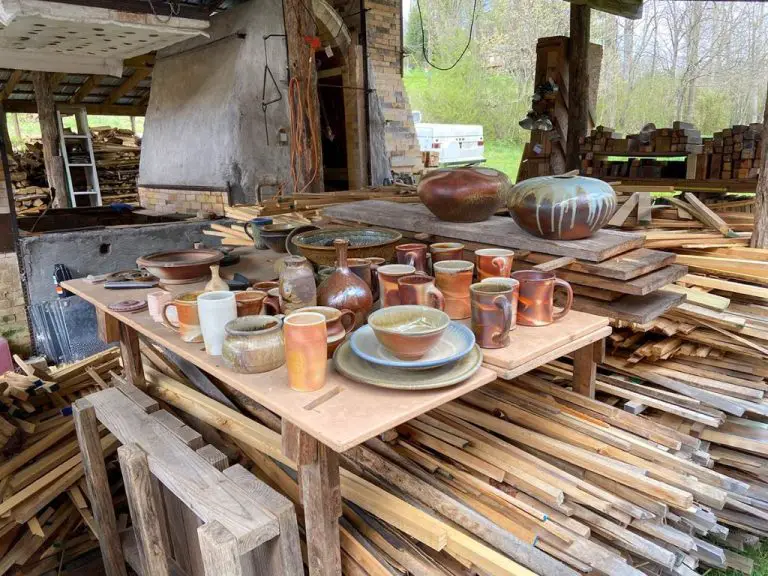Which Soil Is Used To Make Durga Maa?
The Durga Puja festival is one of the most important festivals celebrated by Hindus. It honors the goddess Durga and commemorates her victory over the demon Mahishasura. Durga Puja usually takes place in autumn each year according to the Hindu calendar. It is widely celebrated in eastern India, particularly in West Bengal.
An important part of the Durga Puja celebrations is the installation of elaborately crafted idols of the goddess Durga. These idols are temporary installations made especially for the festival each year. The creation and installation of the idols is considered an act of devotion and worship. Traditionally, the idols are immersed in water at the end of the festival.
The idols come in all sizes, from small ones for household worship to large idols installed in community pandals. They are made from various materials, but clay is the most common and traditional material used for the Durga idols.
Soil Types
There are four main types of soil that can be used for making idols like those of Durga Maa – clay, sandy, silty, and loamy. Each type has its own properties that lend themselves better or worse to idol making.
Clay soil is the most commonly used type of soil for idol making. It has a high amount of clay particles, which gives it plasticity and malleability when wet. This allows clay to be easily molded into elaborate shapes and details. When dried, the clay holds its form well. Clay also has high heat resistance, allowing idols to be fired at high temperatures for durability.
Sandy soil contains a large amount of sand particles. It lacks plasticity when wet, making it difficult to mold detailed shapes. Sandy soil idols are prone to crumbling when drying. Sandy soil has low heat resistance as well. Due to these limitations, sandy soil is rarely used for idol making.
Silty soil contains a high portion of silt particles. It is smooth and slippery when wet, which can make handling and shaping difficult. When dried, silty soil shrinks and cracks extensively. Silty soil also has low heat resistance. For these reasons, silty soil is not well-suited for idol making.
Loamy soil contains a mix of clay, sand, and silt. It can be molded reasonably well when wet and hold its shape when dried. However, loamy soil lacks the superior plasticity, durability, and heat resistance of clay soil. So while possible to use, loamy soil is not ideal for idol making compared to clay.
Clay Soil
Clay soil contains very small particles and has some unique properties that make it well-suited for sculpting and molding. Two of its key traits are plasticity and strength:
– Plasticity: Clay is highly plastic and malleable compared to other types of soils. This means it can be molded and shaped without cracking or crumbling. When clay is mixed with water, it becomes soft and workable. This plasticity allows clay to be easily shaped into intricate designs and details.
– Strength: Once clay dries, it hardens and gains immense strength and durability. The clay particles bond tightly together through a process called recrystallization. This makes dried clay resistant to pressure and force without cracking or breaking down. Clay sculptures can last thousands of years without deterioration.
Thanks to its moldable nature when wet and rock hard strength when dry, clay soil is ideal for sculpting detailed religious idols and statues that can withstand the test of time.
Obtaining Clay
The clay used for making Durga idols is usually sourced from river beds and agricultural fields. This natural clay is dug up from the ground near rivers or farms and then processed to make it suitable for idol making. The best clay for idol making is found deposited near river banks as the flowing water helps purify and give the clay a fine, smooth texture. The clay from fields also tends to be of high quality as the soil is naturally enriched over decades of cultivation.
Idol makers often have preferred spots near rivers or farms where they return year after year to extract clay. The extraction is done manually using simple hand tools. After extracting the clay, it is cleaned to remove any impurities like gravel, grass or debris that may have mixed with it. The clay is then packed into sacks and transported back to the idol workshop.
Preparing the Clay
Preparing the clay is a crucial step in creating a Durga Maa idol. The clay must be properly soaked, kneaded, and mixed before sculpting can begin.
First, the clay is soaked thoroughly in water. This allows the clay to absorb moisture evenly throughout. Soaking for several hours or overnight ensures the clay is saturated. The soaked clay becomes soft and pliable, making it easier to knead and shape.
Next, the wet clay is vigorously kneaded to prepare it for sculpting. Kneading removes any air pockets and creates a uniform consistency. The clay is pressed and folded repeatedly to blend it thoroughly. This kneading process can take hours until the clay is perfectly smooth.
Finally, different clays or other materials may be mixed into the prepared clay to achieve the desired texture and firmness. Things like straw, rice husks, or sand can be added. The proportions of the clay mixture are carefully calibrated by experienced artisans.
Once the clay has been properly soaked, kneaded, and mixed, it is ready for sculpting intricate Durga Maa idols.
Shaping the Idol
Once the clay has been properly prepared, artisans begin shaping and sculpting it into the form of the idol. This process requires great skill, patience and artistic talent. The clay is molded by hand using specialized tools and techniques that have been passed down through generations.
The main sculpting tools used are sticks, knives, loop tools, and various metal sculpting tools. Using their hands, artisans roll, pinch and shape the clay into the basic form. Detail work is done using loop and ribbon tools to define facial features, ornaments, clothing, etc. A knife is used for refining edges and cutting away excess clay.
It can take days or even weeks to fully sculpt an intricate Durga idol, with attention paid to every detail. The sculptor refers to reference images and works steadily to bring the clay figure to life. It is delicate work, and the soft clay must be handled with great care to avoid unintended damage or collapse. The end result is a stunningly lifelike and beautiful clay idol ready for painting and installation.
Drying and Baking
After the clay idols have been shaped, they must be allowed to dry completely before baking. The drying process enables any moisture in the clay to evaporate. Drying the idols is extremely important to prevent cracking or damage during baking.
The shaped idols should be left to air dry in a cool, shaded area with good ventilation for 5-7 days. Turning the idols periodically allows even drying. Ensuring proper drying helps retain the shape and fine details sculpted into the clay.
Once the idols are fully dried, they are ready for baking. Baking hardens the clay by heating it to high temperatures for an extended period, usually in a kiln. This permanently sets the shape and makes the idols durable. The baking temperature is typically around 1000°C – 1100°C.
Baking can take 12-24 hours depending on the size and thickness of the idols. The long bake time allows the heat to fully penetrate the clay. Cooling is also done slowly to prevent damage from sudden temperature changes. The final result is an idol that is solid, sturdy and weather-resistant.
Painting the Idol
The clay idols are brought to life through intricate painting and decoration. Artisans use a variety of paints and techniques to adorn the idols.
Poster paints are commonly used, as they adhere well to the clay surface. Bright colors like red, blue, green and yellow are favored to depict the vibrant and divine forms of the deities.
Gold and silver paints are also used for ornamental accents and decorations. Fine brushes help artists carefully paint delicate details on the idols like facial features, jewelry, clothes and accessories.
Some techniques used include outlining, shading, textures and motifs. The painting stages bring vibrancy, beauty and personality to the idol.
After the idols are painted, a final coating of varnish or polyurethene is applied. This helps protect the paint from damage during transport and installation.
The artistic painting and decoration transforms the plain clay into stunning representations of the deities for devotees to celebrate during the festive season.
Installing the Idol
Once the idols have dried and gone through the baking process, they are ready for transport to puja pandals or homes. The process of installing the idols requires great care and reverence.
The idols are loaded onto trucks or other vehicles for transport. They are wrapped in cloth and protected with padding to avoid any damage during transit. Vehicles carrying idols are often decorated with flags, garlands and banners. Devotees line up along the route to get a glimpse of the idols as they pass by.
At the puja venue, a stage is prepared in advance. This is where the idol will be placed and worshipped over the next few days. The stage is decorated with flowers, fabrics and lighting. An auspicious time is chosen by priests to bring the idol into the pandal.
The unwrapping of the idol from its coverings is done with rituals. Priests chant mantras and perform aarti at each step. The idol is carried into the pandal, often on the shoulders of devotees. It is placed on the stage pedestal amidst cheering from the devotees gathered there.
Final preparations are made to the idol such as dressing it up in fabrics and jewelry. The priests perform a ritual called the pran pratishtha where life is infused into the idol. The divine eyes are drawn on the idol to complete its consecration. After this, the idol is ready to receive the devotees’ prayers and offerings over the coming days of Durga Puja.
Conclusion
When making an idol of Durga Maa, clay soil is the ideal choice. Clay is able to be molded into intricate shapes and details, allowing artisans to sculpt beautiful and ornate idols of the Hindu goddess. Once formed, clay can then be dried, baked at high temperatures, and painted to create a durable idol. The plasticity of clay also allows repairs and touch-ups to be made throughout the sculpting process. While other soils like sandy clay or silty clay can be used, pure clay soil results in the highest quality Durga idols with crisp details. The rich history and tradition of Durga Puja celebrations calls for idols that are carefully crafted from high quality clay. So for artisans and sculptors seeking to make the most stunning Durga Maa murthis, clay soil is clearly the best foundation.





